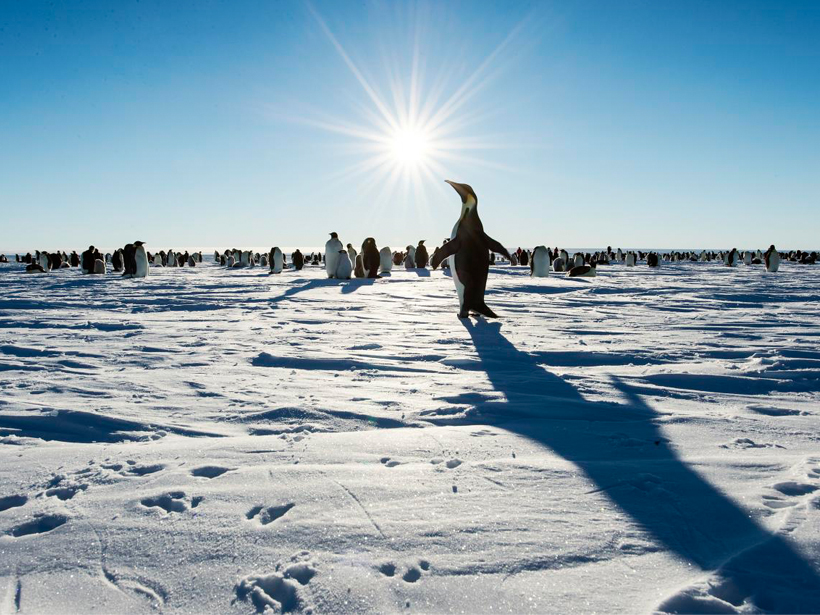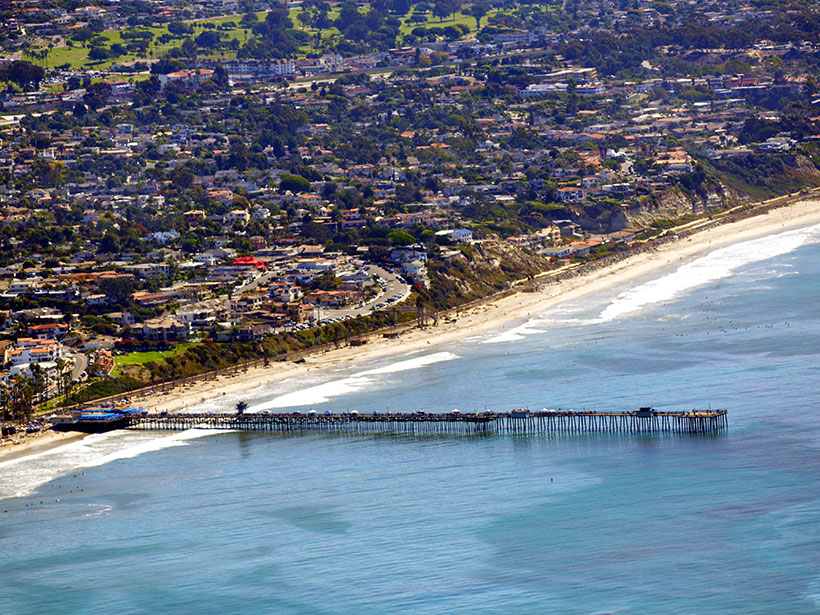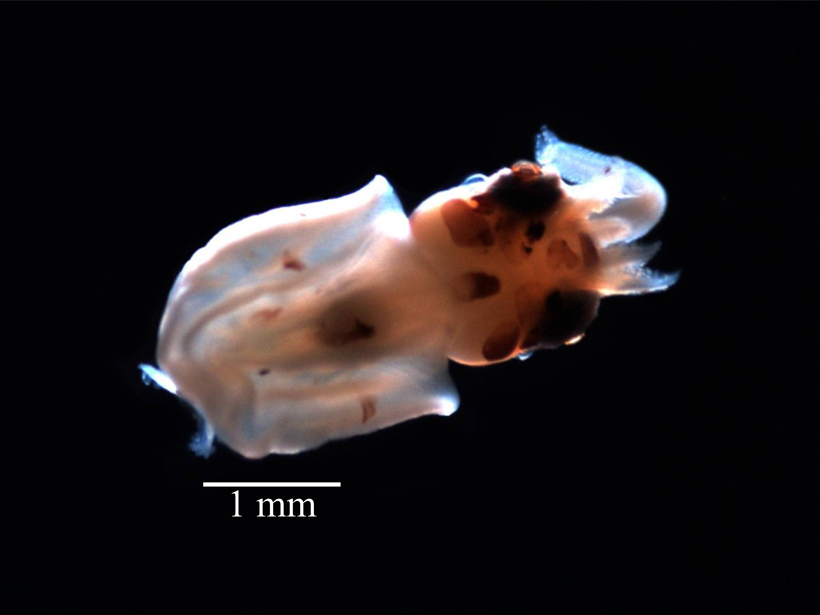Scientists recreate ocean climate data to explore historical warming—and cooling—trends in Earth's seas.
Journal of Geophysical Research: Oceans
What Steers Antarctica's Largest Current?
Scientists have observed that pressure from current-seafloor encounters drives the direction of the massive Antarctic Circumpolar Current in the Southern Ocean.
The Dance of Surface Waves and Ocean Circulation
One mathematical model best describes the complex interplay between an ocean's surface waves and its underlying circulation.
How Do the Deep Waters of the Antarctic Form?
Researchers uncover new insights into the life cycle of water in the Antarctic region by measuring noble gas concentrations.
Shift in Pacific Sea Level Trends Will Affect the West Coast
The first study on the shift toward higher sea levels in the eastern Pacific Ocean over the past 5 years indicates it will continue, leading to much higher seas on the western coasts of the Americas.
Predicting Temperature Shifts off the U.S. East Coast
New research reveals the relative importance of oceanic and atmospheric processes in year-to-year changes in ocean temperature along the Middle Atlantic Bight.
The Fate of Hydrocarbons Seeping from the Ocean Floor
Researchers investigate the properties of bubbles at deep-ocean oil seeps to improve oil spill models.
They Got to “Ask-Me-Anything.” So, What Did They Want to Know?
On behalf of JGR: Oceans, I consented to a Reddit Science AMA. What did an anonymous public want to learn about oceanography and climate science? More importantly, what can we learn from them?
Understanding the Distribution of Juvenile Jumbo Squid
An expanding zone of shallow, oxygen-depleted water in the eastern tropical Pacific Ocean may be vertically restricting the habitat of this important source of food, according to a recent study.
Drifting Floats Reveal Nitrate Patterns in Mediterranean Sea
Next-generation autonomous platforms allow scientists to understand physical mechanisms that control nitrate availability in the Mediterranean surface water.








